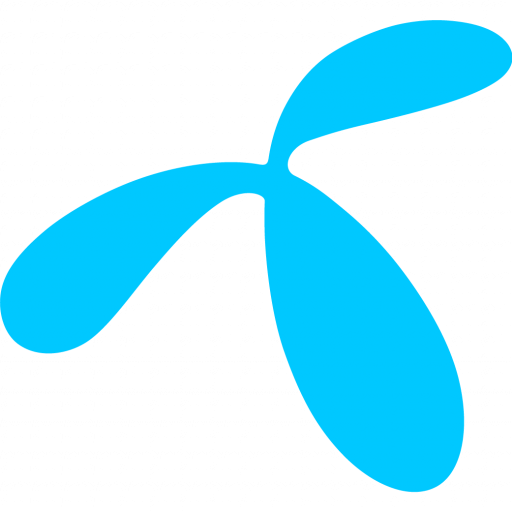February 23, 2023
Recently, the Swedish newspaper Dagens Industri published an interview with Martin Whitlock, CTO at Telenor Connexion, that we have translated here:
“If it becomes expensive, you change your behavior and then business opportunities arise in such a situation,” says Martin Whitlock, CTO at Telenor IoT.
How to deal with skyrocketing electricity prices, more expensive fuel and a generally greater financial concern? In Telenor’s new research on mobility and public transport, the answer is efficiency – with the help of IoT (Internet of Things).
IoT Predictions 2023: IoT will Redefine Urban Mobility
“In order to have sustainable transport systems that consumers are happy with, and that don’t cost your shirt, you need to optimize to maintain standards,” says Martin Whitlock. He continues:
“When traditional infrastructure, such as public transport, interacts with new actors driven by strong technological growth, completely new conditions are created for everyone involved. Here is an opportunity for innovative technology companies to come up with solutions that help the consumer save energy, time and money, while at the same time optimizing public transport for the public’s needs.”
In Helsinki, for example, they are investing in an app that helps commuters find the most efficient route – regardless of public transport. In addition to subways, buses and trams, the user also sees whether electric scooters, rental bicycles, taxis and rental cars can be part of the journey to the final destination.
“In Finland, legal requirements were introduced that the actors must share data with each other, and this has created opportunities to increase customer benefits. Many may not want to share data with each other because they consider the means of transport to be competing, but the Finns have shown that it is rather the opposite,” says Whitlock.
“If I have a long way to the bus, there is a big risk that I would rather take the car to work. But if there is an available electric scooter that takes me the last bit home from the bus, it suddenly becomes an alternative to energy-demanding passenger cars. The electric scooter is not a competitor to the bus, but a complement.”
IoT technology is hidden behind the Finns’ app. It helps the various connected systems talk to each other, Whitlock explains:
“IoT is what connects the services and causes them to exchange information, which means that you can, for example, see when the bus will arrive.”
Thanks to IoT, relevant data can be collected and compiled – provided that the means of transport have connected sensors for this:
“You can see in real time when the bus is coming, but it may be full. It is the next step in development, that we dynamically receive additional relevant information. There are already examples where passengers on the platform can see which carriages are full and can therefore choose a carriage that is less loaded,” says Whitlock, adding:
Sensors can also be used to monitor the service needs of, for example, a subway train. If you can actively avoid a means of transport becoming stationary, you avoid a lack of capacity and unnecessarily higher costs. Martin Whitlock, CTO at Telenor Connexion
it is precisely the possibilities for monitoring and analyzing data that are the great strength of IoT. This, in turn, provides opportunities to both create social benefits and new revenue opportunities for the transport companies:
“We who live in big cities are fully aware that the commute time is significant. Being able to then use big data to optimize the journey to be able to use time more efficiently is community building. But it requires that the various players are not afraid of cooperation. That nut can be broken in different ways – through common business interests or pressure from the state.”
He believes that in the near future we will see more collaborations in the transport sector in Sweden – for economic reasons:
“Money talks. All major changes are almost always based on financial incentives. Economic instruments, whether they are subsidies or for potential profit, govern our behavior to a large extent. The really interesting thing is when this coincides with an increased benefit for the end user.”
The interview in Swedish can be found here.

